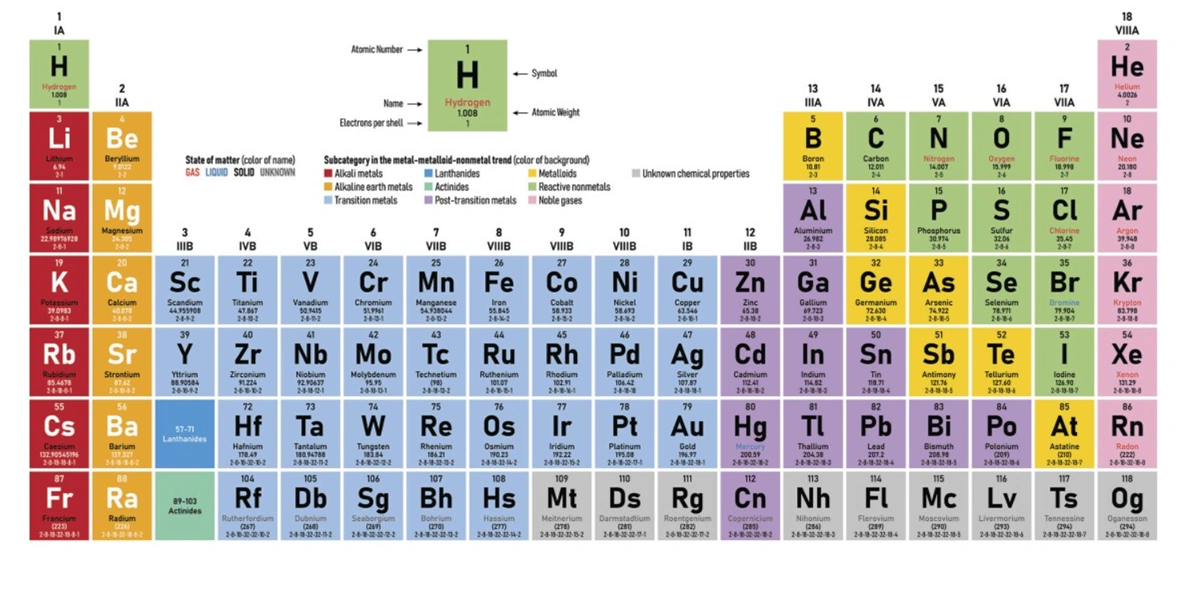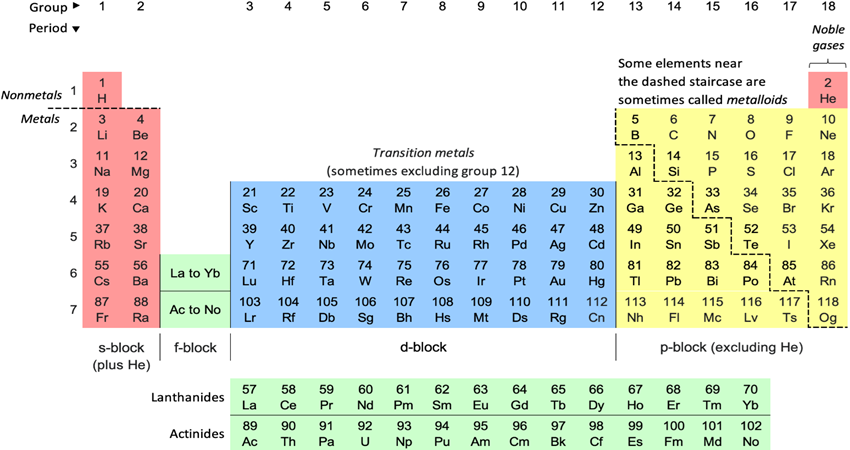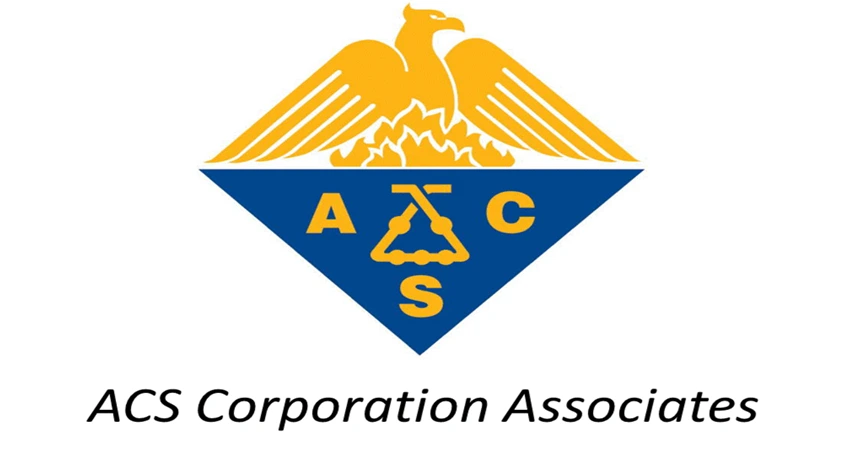Solar cells or photovoltaic cells are devices that converts solar energy directly into electrical energy.
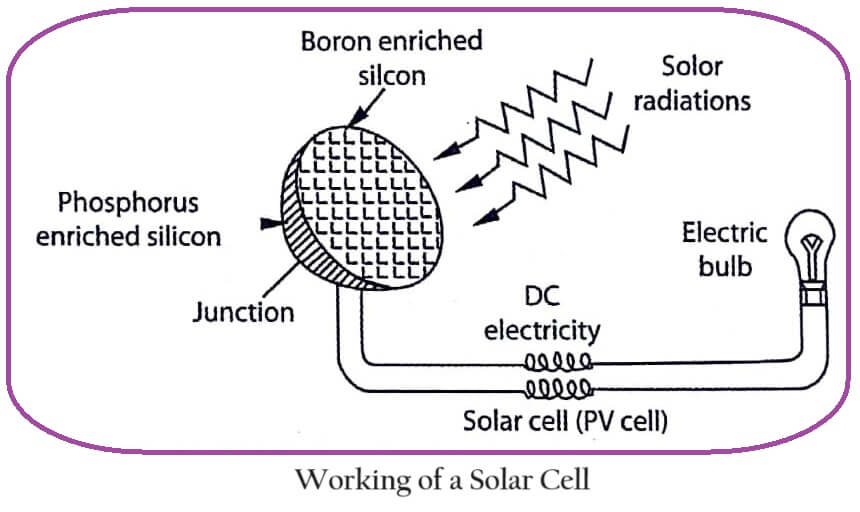
Basic principle of solar cell
When solar rays falls on the two surface layers of semiconductor devices, a potential difference between the two layers is produced. This potential difference causes the flow of electrons and in -turn produces electricity.
Construction of solar cell
The conventional solar cell is made up of p-type doped semiconductor (SI doped with B) and n-type doped semiconductor (Si doped with P). They are in close contact with each other. The boundary between each other is called p-n junction.
The surface layer is a thin layer (about 10-10) of p-type semiconductor. This thin layer can allow the sun light to penetrate the junction and it is in contact with n-type semiconductor.
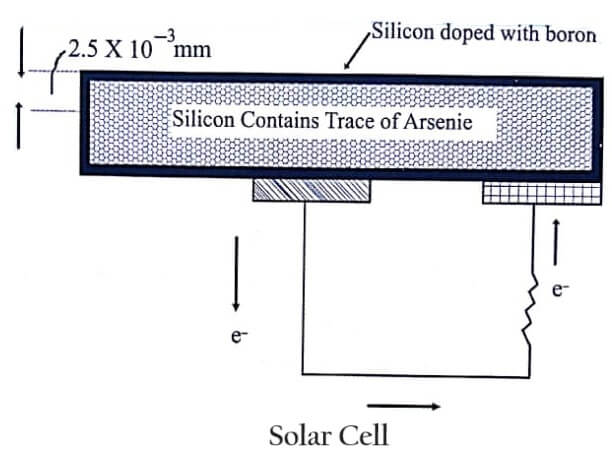
Working of solar cell
When a beam of sunlight strikes the upper p-type semiconductor layer, the electrons in the valence band in this layer absorb light energy and get promoted to the conductor band. Conducting electrons easily move and cross the p-n junction into the n-type semiconductor. Thus, a potential difference between two layers is created.
A constant flow of electrons is set up. The potential difference and hence current increases as more solar light falls on the surface of outer layer and thereby excites more electrons.
Thus, when terminals attached to the p- and n-layers are connected to an external circuit, electrons flow from n-type semiconductor to the p-type semiconductor, there by generating electric current.
A single solar cell produced the emf of about 0.6 °V. So a large number of solar cells are interconnected to form a solar battery.
Advantages of solar cells
- Solar cells last for a longer time.
- Operating and maintenance costs are low.
- Solar panels are easy to install anywhere.
- Solar cell is environmentally friendly as there are no harmful greenhouse gas emissions
- Solar cell can be made available almost wherever there is sunlight
- Solar cell source i.e., solar energy is thus free and abundant.
Disadvantages of solar cells
- The entire process of manufacture is still very expensive.
- It is unpredictable and less reliable as solar energy will not be available throughout the day.
- The possibility of storing the solar energy is not possible.
- It gives us only direct current. But to operate our devices we need alternating current.
- It requires additional equipment (inverters) to convert direct electricity (DC) to alternating electricity (AC).
- The solar panels are fragile and can be damaged relatively easily.
Applications of solar cells
- Solar cells are used to provide electricity to remote areas for street lighting, to run water pumps, radio and TV sets etc.
- It gives electricity to electric toys, watches, calculators and portable radios.
- It is used to give power in space satellites.
- It is used as thermal energy for heating purposes in the form of solar cookers, solar water heater, solar furnace etc.
- It provides electrical energy for distribution to industrial,
- Commercial and residential purposes.
- It is useful in running refrigerators.
- It is mostly used in remote areas where conventional electricity supply is a problem.
| Read More Topics |
| What is the basic theory of chemical kinetics? |
| Breeder reactor – Advantages disadvantages |
| Nuclear reactor | Definition and components |
